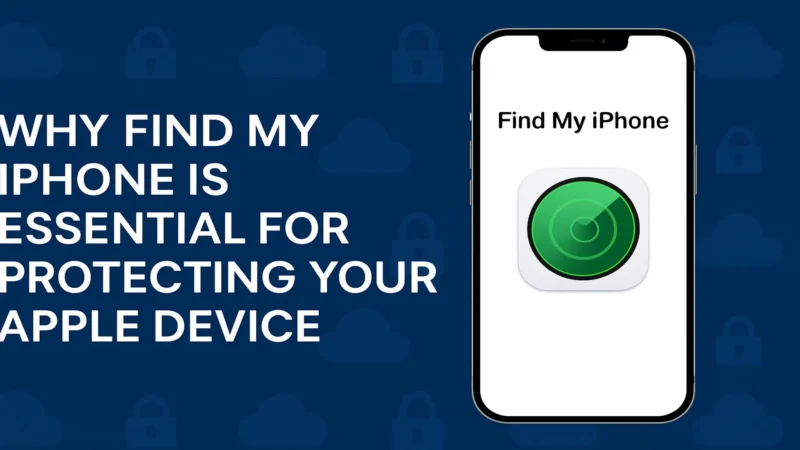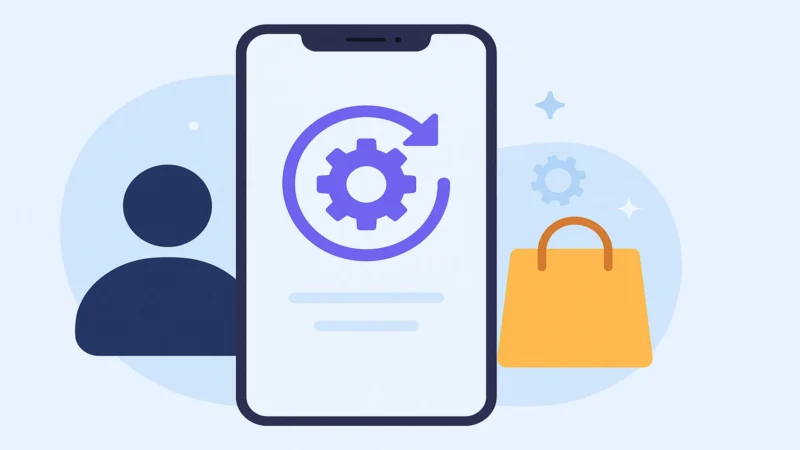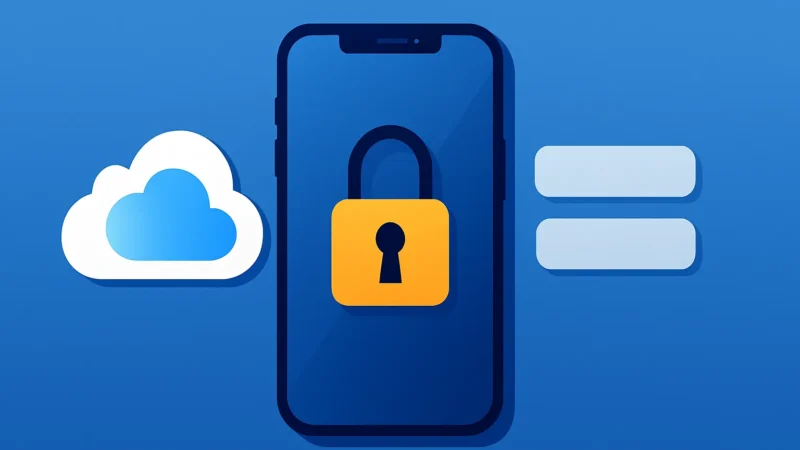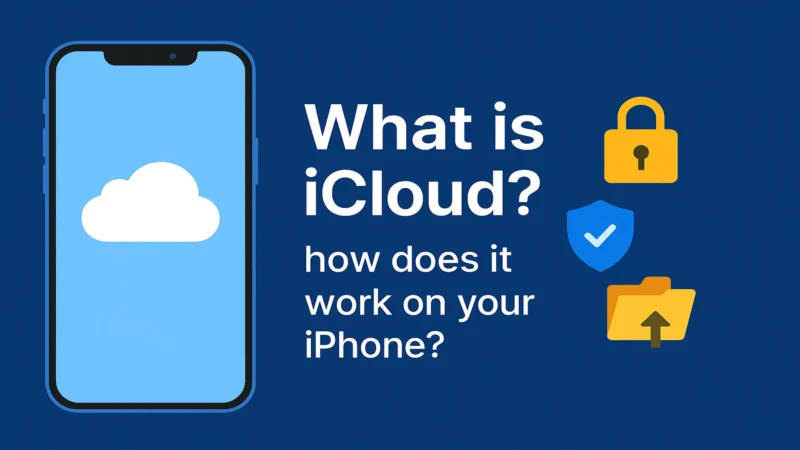Apple Activation Lock feature and why it protects your device

If you’ve ever lost an iPhone or had one stolen, you know the panic that follows. But Apple’s Activation Lock—automatically enabled with Find My iPhone—is designed to bring peace of mind. This powerful security feature prevents unauthorized access and helps keep your personal data safe, even if the device ends up in the wrong hands.
Let’s explore how Activation Lock works, what it means for you as an Apple user, and how it fits into Apple’s broader security ecosystem.
What Activation Lock really does on your iPhone
Activation Lock is automatically turned on when you enable Find My on any Apple device. From that moment:
- Your Apple ID is linked to the device
- The device cannot be erased or reactivated without that Apple ID
- Even factory resetting the phone won’t bypass the lock
This makes Activation Lock a major deterrent for thieves. A stolen iPhone becomes virtually unusable unless the correct Apple ID credentials are entered.
Devices that include Activation Lock
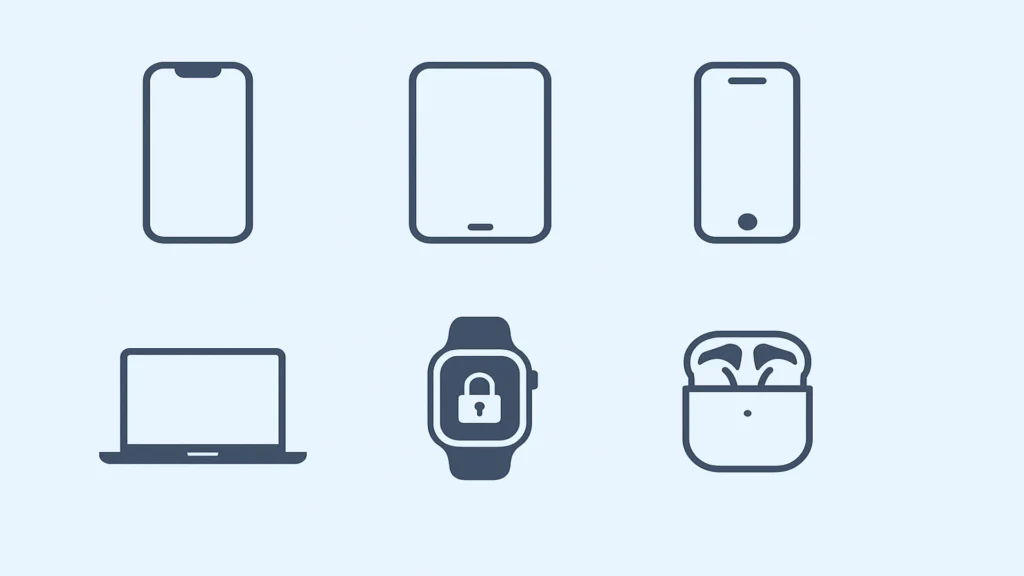
Activation Lock isn’t limited to just iPhones. Apple has expanded this protection across a wide range of devices, including:
- iPhone
- iPad
- iPod touch
- Mac (with Apple T2 or M-series chips)
- Apple Watch
- AirPods (limited to location tracking)
This allows Apple users to feel confident that their entire ecosystem is protected, not just their phones.
Why Activation Lock is tied to your Apple ID
The security of Activation Lock revolves around one thing: your Apple ID. It ensures that:
- Only you can unlock or reactivate the device
- Your iCloud account acts as a verification gate
- All services like iCloud backup, Messages, and Find My remain under your control
Even if someone finds or steals your device, they cannot access it—or wipe it for resale—without your Apple ID credentials.
How to enable or disable Activation Lock properly
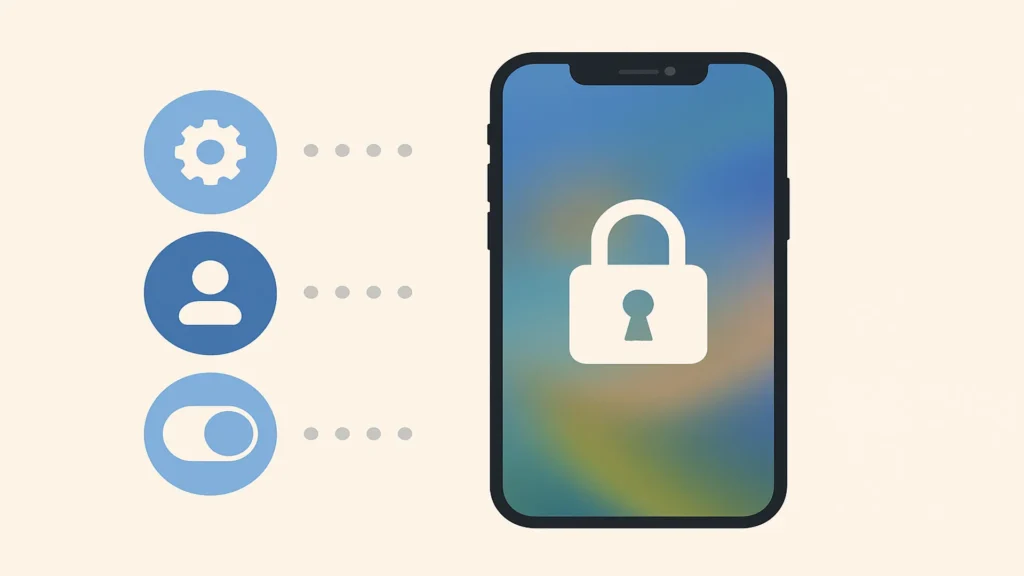
If you want to check or manage Activation Lock, here’s what to do:
To enable it
- Go to Settings > [Your Name] > Find My > Find My iPhone
- Turn on both Find My iPhone and Send Last Location
To disable it before selling or giving away your device
- Back up your data
- Go to Settings > [Your Name] > Sign Out
- Enter your Apple ID password
- Erase the device by going to Settings > General > Transfer or Reset > Erase All Content and Settings
🔒 Activation Lock turns off only when Find My is disabled and the device is erased while signed out of iCloud.
When Activation Lock becomes a problem
While this feature is designed to protect your data and device, it can sometimes cause issues—especially in these cases:
- You forgot your Apple ID password
- You bought a secondhand device that’s still linked to someone else’s account
- A company or institution didn’t remove MDM controls from a former employee’s device
If you’re the rightful owner, Apple can help—but you’ll need to provide proof of purchase and identification. Otherwise, you won’t be able to bypass the lock.
Common misconceptions about Activation Lock
There’s a lot of confusion around how this feature works. Here are some myths clarified:
- Myth: You can bypass Activation Lock using a factory reset
➡️ Reality: A reset does not remove the lock—it comes back during setup. - Myth: You can pay a service to unlock it permanently
➡️ Reality: Most services are scams. Only Apple can remove the lock legally. - Myth: Activation Lock is only for iPhones
➡️ Reality: Macs, iPads, and Apple Watches are also protected.
What to do if you’re locked out of your own device
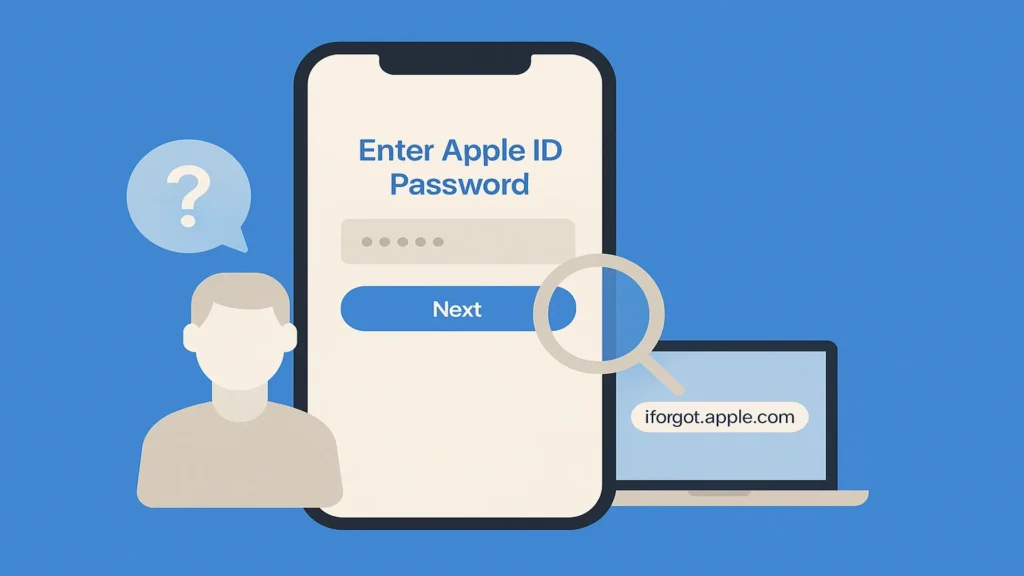
If you’ve forgotten your Apple ID or password, take these steps:
- Visit iforgot.apple.com
- Enter your Apple ID or phone number
- Follow the verification prompts
- Reset your password and sign back into your device
If you don’t remember the Apple ID at all, you’ll need proof of ownership and an Apple Support case to resolve it.
How Activation Lock deters theft
This feature is more than just a password requirement—it’s a complete security layer. Here’s how it helps:
- Stolen devices lose resale value since they’re unusable
- Personal data is kept encrypted and inaccessible
- Remote tracking and locking adds an extra shield
- Law enforcement can trace the ownership more easily
In short, Activation Lock makes iPhones less attractive to thieves—because they can’t sell or reuse them.
Activation Lock versus other anti-theft measures
While other smartphone brands offer basic tracking or lock features, Apple’s implementation stands out because:
- It is deeply integrated into iOS and macOS
- It uses your Apple ID as a unique ownership key
- It is tied to Apple’s Find My network, which includes millions of active devices
- It works across a wide ecosystem—phones, laptops, watches, and more
Other brands may offer unlocks via SIM PINs or Google accounts, but few are as robust and tamper-proof.
Final thoughts on the Activation Lock feature
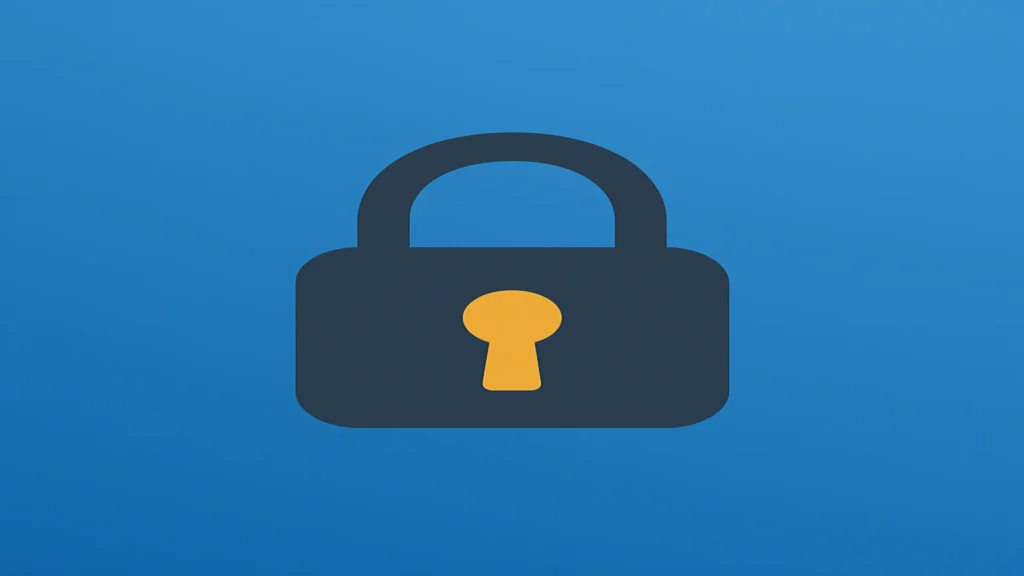
Apple’s Activation Lock isn’t just a setting—it’s a security philosophy.
It protects your iPhone, your data, and your identity. Whether you’ve misplaced your device or it was stolen, Activation Lock gives you the power to control what happens next.
By keeping it enabled and safeguarding your Apple ID credentials, you ensure your Apple experience remains safe, personal, and truly yours.

